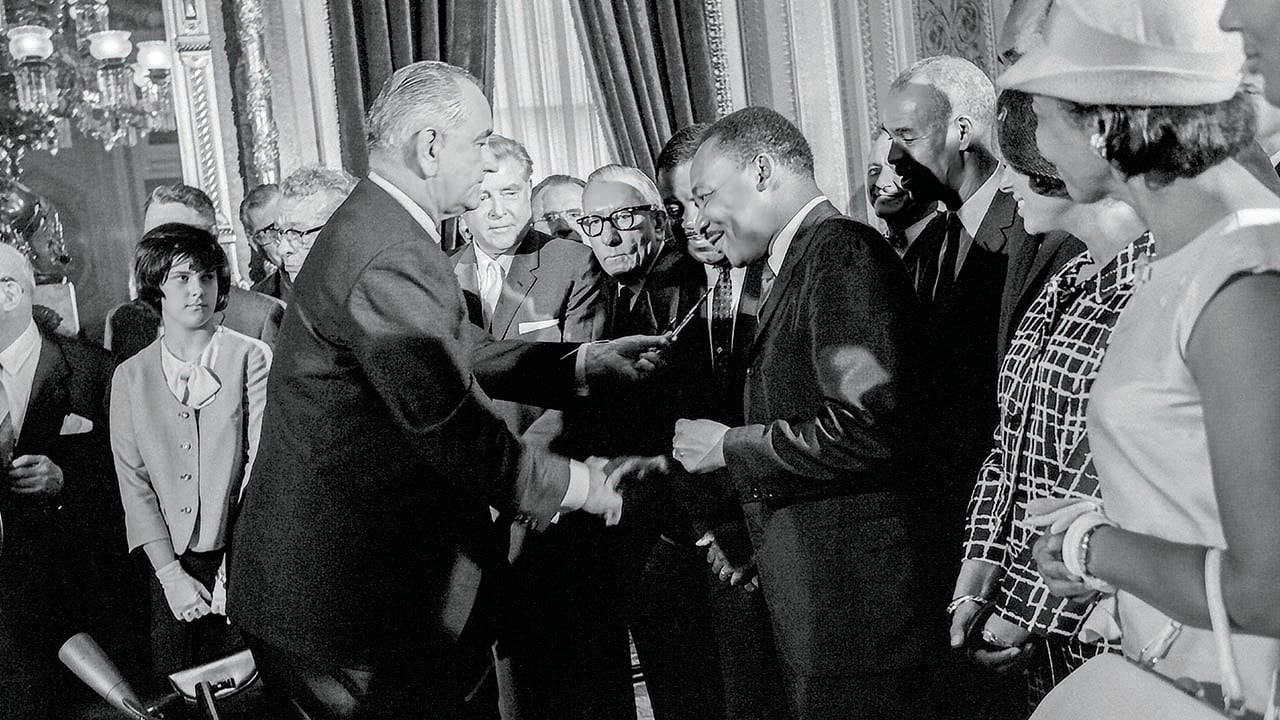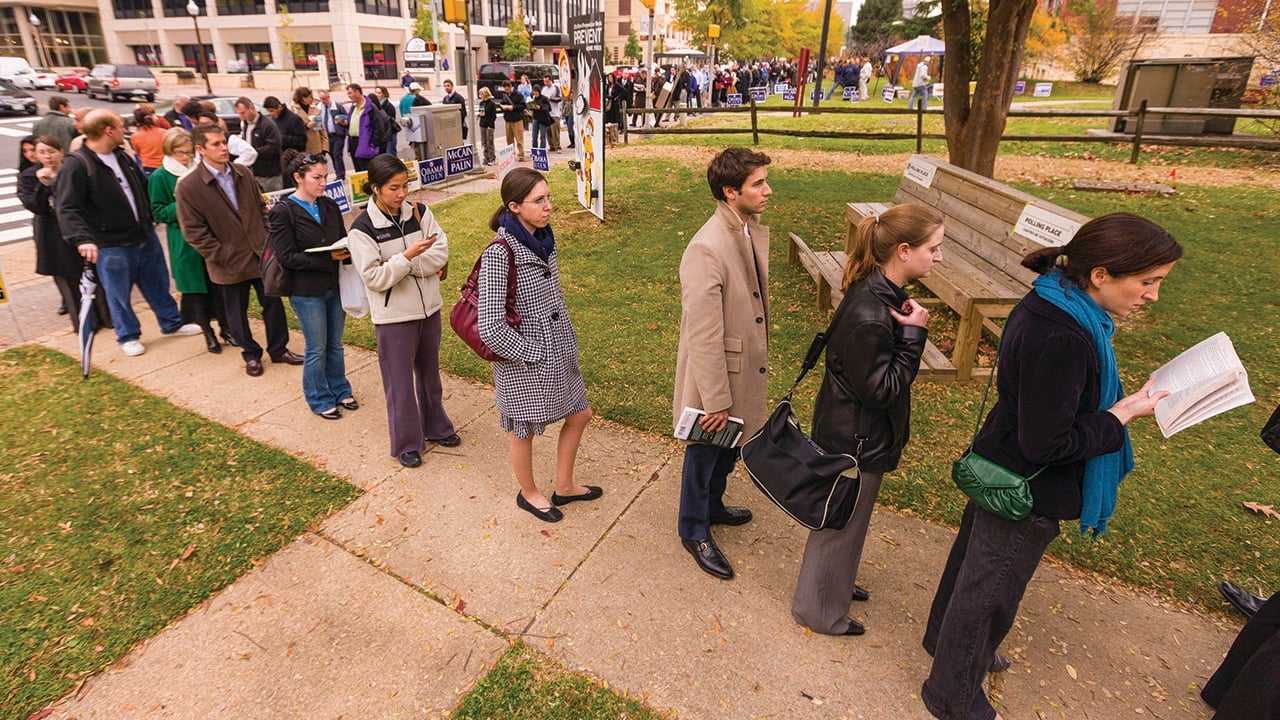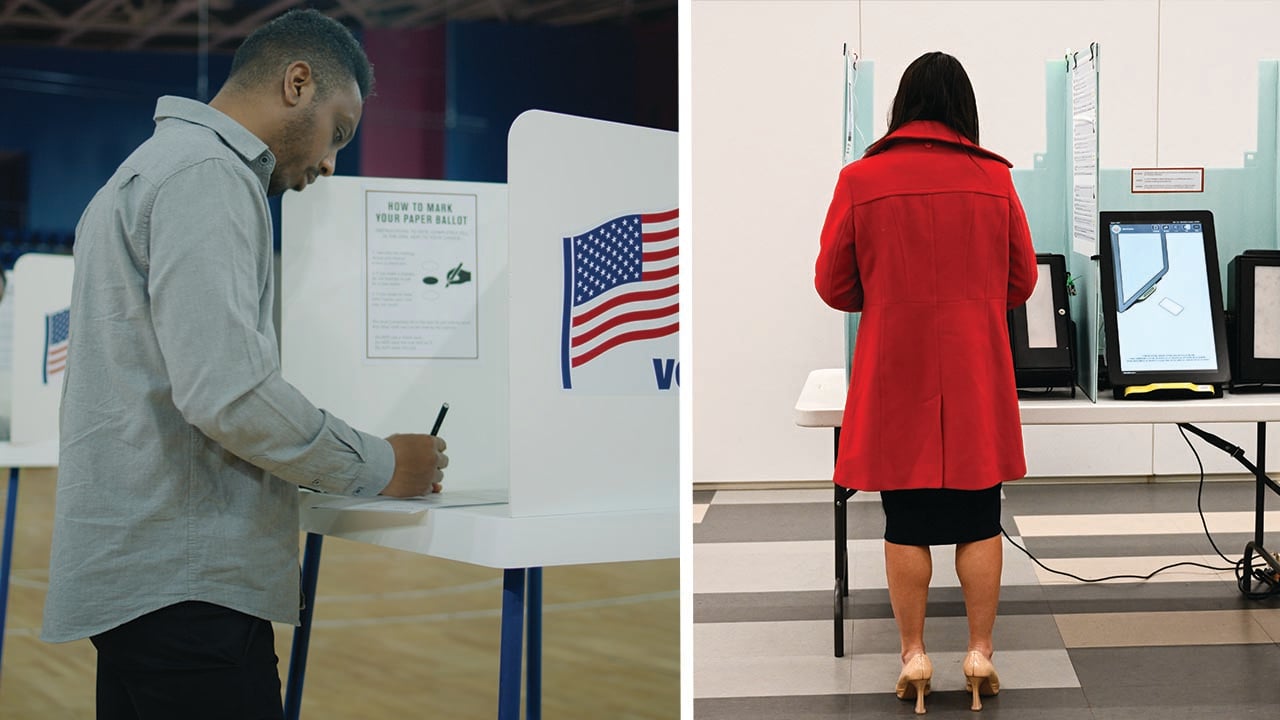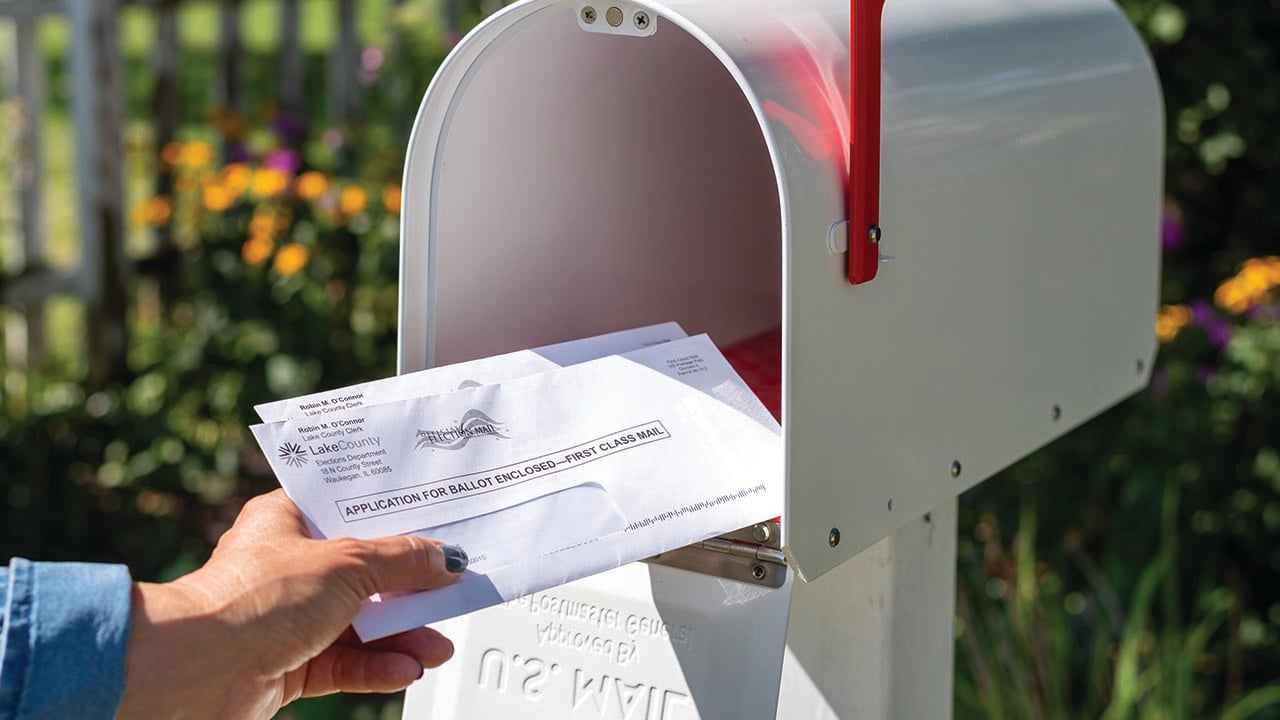You may have heard a lot of people talking about voting lately. That’s because voting is a big deal! Choosing our nation’s leaders is one of our most basic rights—it’s what makes the United States a democracy. When citizens vote, they are making their voices heard and helping to decide how our country is run.
How America Votes
Find out how Americans choose their leaders.
Who Can Vote?
Tens of millions of Americans will be eligible to vote in the upcoming election. Who does that include?

People are allowed to vote in the U.S. if they are:
- at least 18 years old on Election Day
- U.S. citizens
- registered, or officially signed up, to vote. (Registering to vote is not required in North Dakota.)
The Fight for Voting Rights
In 2022, more than 160 million Americans were registered to vote. That number included men, women, and people of all races. But many Americans battled long and hard to gain suffrage. Here’s a look at some of the key moments in the history of voting rights in the U.S.






1789: George Washington is sworn in as the first U.S. president. In most states, only White men over the age of 21 who own land or a business can vote.
1870: The 15th Amendment to the U.S. Constitution gives Black American men the right to vote. But laws in some states continue to prevent them from voting for decades.
1920: After years of protest, women across the U.S. finally gain the right to vote when the 19th Amendment is ratified.
1924: Congress passes a law that grants American citizenship to all Native Americans born in the U.S. This makes them eligible to vote, but many states still prevent them from doing so. The last state to fully guarantee this right is New Mexico, in 1962.
1965: With Martin Luther King Jr. and other leaders looking on, President Lyndon B. Johnson signs the Voting Rights Act. The law bans unfair practices that had been used to keep Black Americans and other groups from voting. For example, in many Southern states, Black Americans (but not White people) had been required to pass tests before they could vote.
1971: The 26th Amendment lowers the voting age from 21 to 18. Young Americans had argued that if they were old enough to serve in the military, they were old enough to vote.
Though many people had to fight to gain their right to vote, many Americans choose not to cast a ballot. In the 2020 presidential election, only about 67 percent of citizens who could have voted actually did. And that was the highest turnout since 1900! Each year, experts hope to convince more people to go to the polls and have their say.
So, what does voting look like? That depends on the situation.



On November 5, voters across the country will go to their local polling places, such as schools, churches, and firehouses.
In some places, voters fill out a paper ballot. In others, they mark boxes on a computer screen.
Nearly every state and Washington, D.C., offer early voting. People in those places can cast their ballots at polling places on specific dates before November 5.
Every state also allows some form of voting by mail. Eight states hold their elections almost entirely by mail. Voters receive their ballots a few weeks before Election Day. The ballots must be returned on or before November 5.
No matter which way they choose to vote, tens of millions of Americans will make their voices heard on Election Day!
Illustration by Dave Perillo (voting box); Shutterstock.com (18th birthday, voters waiting in line, voting, mail-in ballot); The Granger Collection, New York (1789, 1870); Bettmann/Getty Images (all other images)